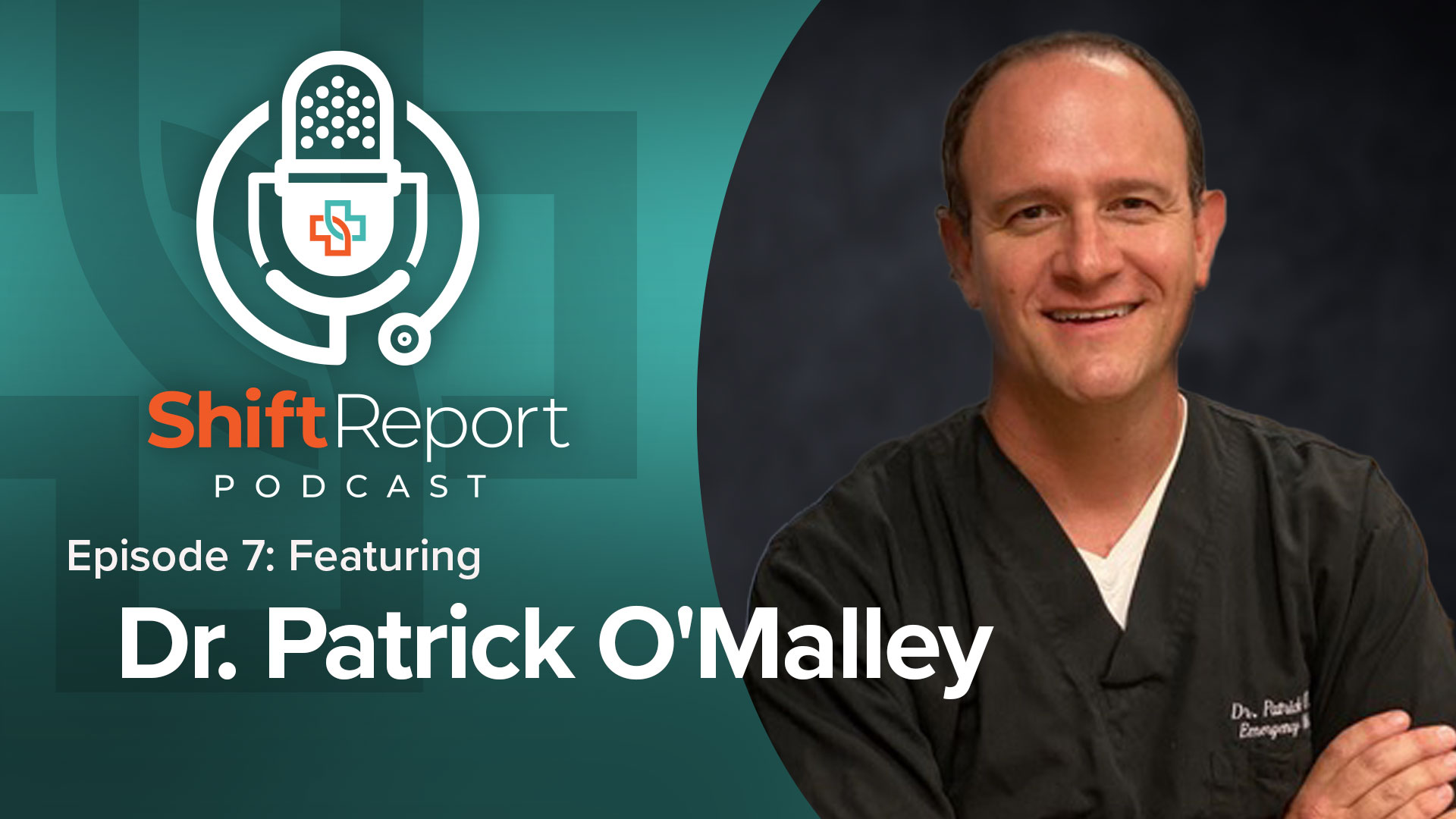In the fast-paced environment of emergency medicine, every second counts. From managing critical cases to navigating administrative tasks, physicians face a constant juggling act to provide swift and effective care. However, amidst the chaos, there are strategies and techniques that can significantly enhance physician efficiency, ultimately optimizing patient outcomes and experience. These strategies are drawn from lessons learned in other industries where efficiency and safety are both critical. But these strategies are only possible in an ED environment committed to making this a priority.
Here are 12 tips on increasing physician efficiency in the ER:
- Stay focused: Maintain 100 percent focus on work during your time in the emergency department to maximize productivity. If your mind starts wandering, stop for 10 seconds and take a few deep breaths to quiet your thoughts.
- Delegate when possible: Recognize that your time is extremely valuable and delegate tasks to staff when you can.
- Minimize interruptions: Interruptions are a productivity killer and can even pose safety issues. Examples of ways to minimize interruptions include creating distraction-free workstations, delaying or rejecting non-crucial interruptions, and holding regular meetings.
- If you are understaffed, prioritize simple cases first: Once all patients are stable, prioritize easier cases and then move on to more complicated workups.
- Admit patients who obviously need to be admitted quickly: Get the admission process going right away if it’s immediately clear where the patient needs to be admitted.
- Establish disposition early: Promptly identify patient dispositions to kickstart the care process and avoid unnecessary holdups. This is especially important if you are understaffed or working alone.
- Avoid unnecessary tests: Minimize delays by ordering tests only if the results will impact patient management in a significant way. Be sure to take the time to explain this to patients to minimize their concerns.
- When needed, order all tests at once: When you truly do need to order tests, include all necessary ones upfront to avoid bottlenecks and additional wait times for results.
- Utilize “task stacking” techniques: Task stacking (essentially multitasking) can save you significant time over the long run. Calling to ask for a patient procedure while running to the supply closet is a good example of task stacking.
- Refer chronic cases quickly and appropriately: Don’t lose time referring patients with chronic conditions to specialists, reassuring them that waiting for an appointment will not compromise their care.
- Utilize free time wisely: Use any downtime for tasks like writing prescriptions and discharge orders to gain efficiency later on in the process.
- Make an exit plan: Look for ways to maximize patient flow, speed up admissions, and efficiently hand off patients as the end of your shift approaches.
Recap
It’s no secret that quick decision making and efficiency is the name of the game in a busy emergency department. A focus on continuous testing and refining strategies for efficient and effective care will help you manage the high volume of cases and continue to provide excellent patient care.
What are your recommendations for improving efficiency in the emergency department? Share your thoughts!






Responses